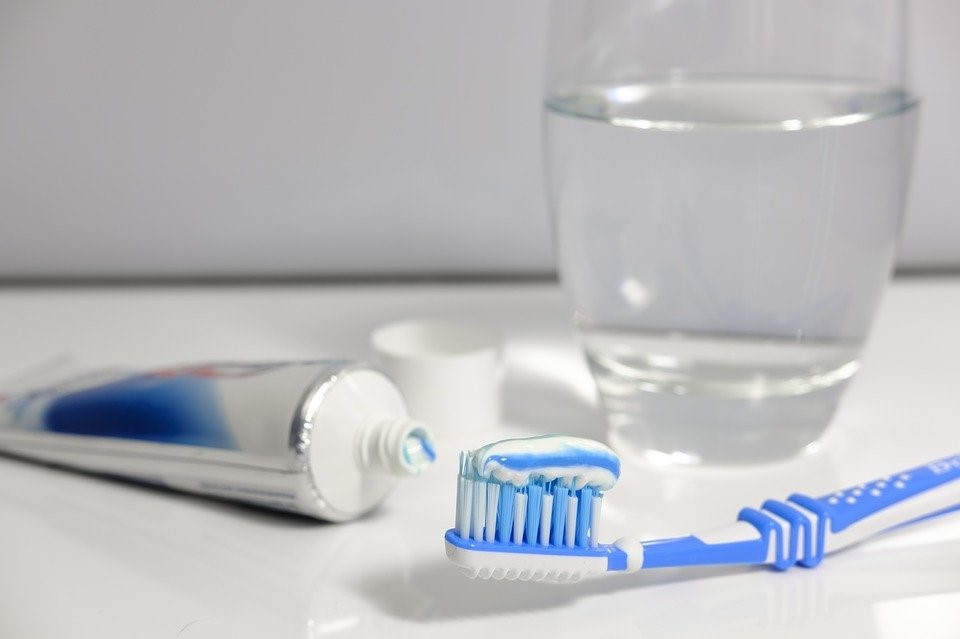Epidermolysis bullosa
2.4. Oral hygiene and care
Basic oral care should be similar to that of the general population, but for individuals with epidermolysis bullosa (EB), it is particularly important because dental treatment can be more complicated. The limited mouth opening caused by blisters, scarring in the oral mucosa, and the formation of new blisters after using dental instruments make the prevention of generally mild issues—such as cavities, gingivitis, and periodontitis—much more crucial. This prevention primarily relies on proper oral hygiene and diet.
Children with EB often have to follow a softer diet compared to their peers and tend to consume more sugar-free foods, which can increase the risk of cavities and gingivitis. These bacterial processes can weaken the enamel of the teeth. Many patients with EB also experience chronic gingivitis associated with their condition.
Good oral hygiene habits should begin early, ideally starting at six months of age when the introduction of solid foods follows the cessation of breastfeeding (or earlier in the case of artificial feeding). General recommendations include adhering to a balanced diet low in sugar and maintaining daily oral hygiene with products recommended by a dentist. Additionally, incorporating exercises into the oral hygiene routine—such as games that encourage mouth opening and strengthen the jaw muscles (e.g., repeating vowel sounds, yawning widely, or placing a soft cylinder between the teeth)—is beneficial.
